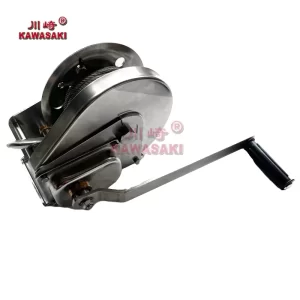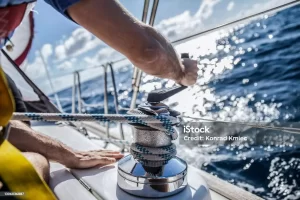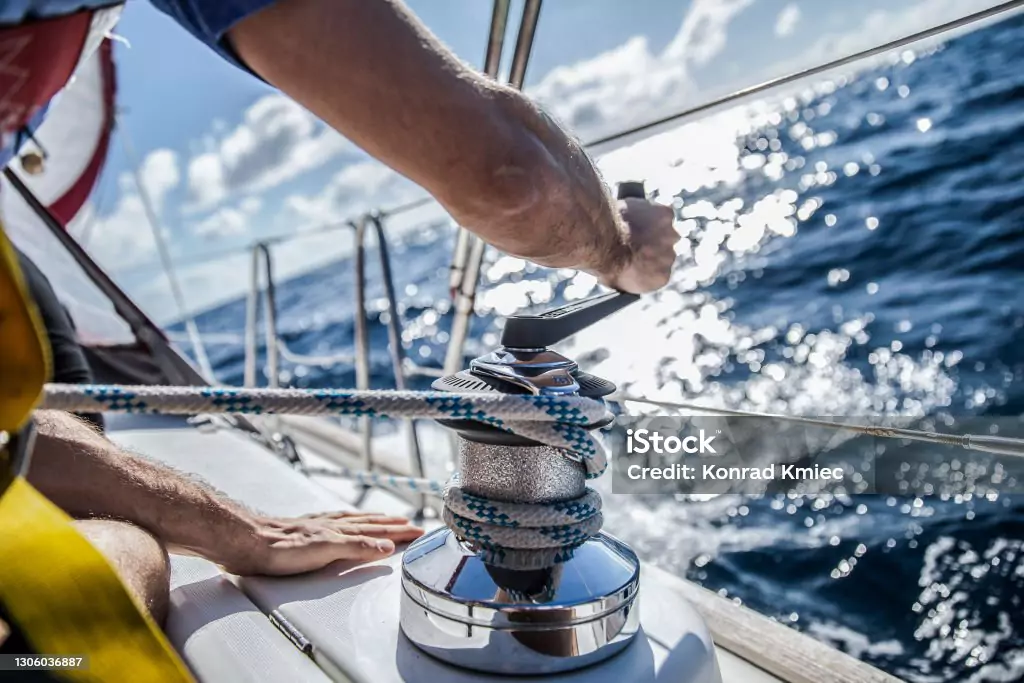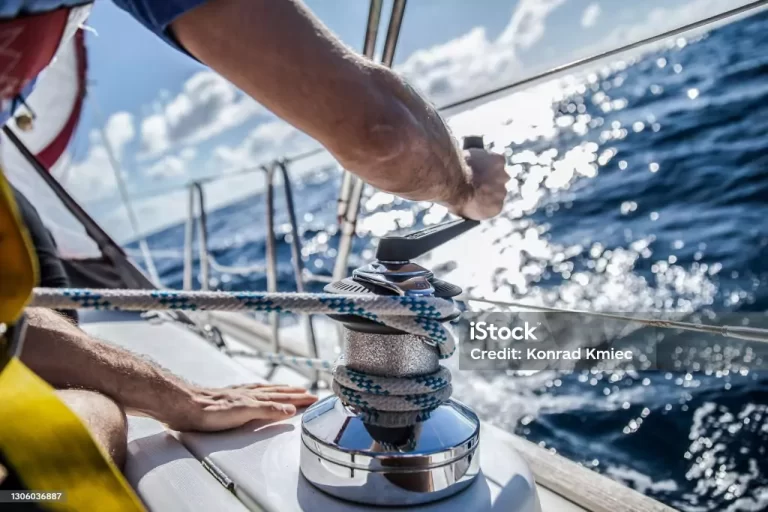A hand winch is a manually operated device designed to lift, lower, or pull heavy loads using a crank or lever. Its straightforward mechanics consist of a handle connected to a spindle, which turns to wind or unwind a cable or rope, making it a versatile tool across various industries. Hand winches are often favored for their portability, ease of use, and lower cost compared to electric or hydraulic winches. They empower users to exert mechanical advantage, allowing for the safe handling of materials in applications where space or power sources are limited.
Understanding the Fundamentals of Hand Winches
What Is a Hand Winch?
A hand winch operates through mechanical means rather than electrical or hydraulic systems, making it particularly useful in remote areas or in situations where power supply is unavailable. The device comprises a spool, a handle, and a braking mechanism, which can securely hold a load in place. Hand winches can come in various designs, each catering to different load capacities, operational requirements, and user preferences. They are essential for applications involving lifting or pulling loads in various settings, where power sources are impractical.
Types of Hand Winches
Hand winches can be categorized into several types based on their mechanisms and uses. Ratchet winches allow for controlled pulling and holding of loads without the risk of slipping, making them ideal for construction. Sheave winches utilize pulleys to assist with lifting weight more effectively and can be used in scenarios involving angled pulls. For marine applications, hand winches might be specially designed for both pulling and anchoring boats, whereas smaller models are suited for automotive needs. Each type has its unique advantages, allowing users to select according to their specific requirements.
Applications of Hand Winches in Various Industries
Automotive and Off-Roading
In the automotive and off-roading sectors, hand winches play a significant role. They are frequently employed to recover vehicles stuck in mud or snow, enabling safe and trouble-free extraction without relying on bulky towing equipment. Hand winches can handle heavy loads and situate vehicles back onto solid ground efficiently, often making the difference between getting stuck and driving away.
Marine Industry
The marine industry also heavily relies on hand winches, particularly for mooring or launching vessels. They are commonly used to haul heavy anchors or to secure boats to docks, offering a crucial means of control without needing complex electrical systems. Their portability allows mariners to use these winches as dependable tools for adjusting the position of the boat across various marine environments. The KAWASAKI HAND WINCH GPW, equipped with a sealed gearbox and reliable braking systems, is specifically designed to withstand the unique challenges posed by marine conditions, ensuring durability and confidence during operations.

Construction and Rigging
In construction and rigging, hand winches serve as essential tools for lifting and transporting materials. Contractors utilize these devices to pull heavy objects at construction sites, reducing the risk of injury while maximizing efficiency. The ability to control the load and its descent helps maintain safety standards and operational precision, particularly in rigging applications where every movement counts. The elegant design of the KAWASAKI HAND WINCH GPW means operability in tight spots, essential for many modern construction environments. Additionally, its adjustable handle adds to the user’s comfort, making repetitive tasks easier.
Advantages of Using Hand Winches
Cost-Effectiveness and Affordability
Hand winches boast a competitive advantage when it comes to cost, making them an attractive option for individuals and businesses seeking to minimize expenses. The initial purchase price of hand winches is significantly lower than that of electric or hydraulic alternatives, lowering the barrier to entry for many users. Furthermore, hand winches have minimal operating costs, as they do not require electrical power or complex maintenance unless subjected to extreme conditions. This affordability makes them an appealing choice for both casual users and industry professionals who demand effective yet economical lifting solutions.
Simplicity and Ease of Use
The straightforward design of hand winches contributes to their ease of use, allowing operators to quickly grasp their functionality without extensive training or experience. With merely a handle to turn, users can efficiently lift, lower, or pull loads using basic mechanical principles. The absence of electrical components further enhances reliability, as there is no risk of electrical failure in environments where access to power is limited or unavailable. As a result, hand winches enable operators to perform tasks independently and effectively, aligning with various operational settings.
Versatility in Different Scenarios
Hand winches excel in versatility, proving essential across diverse applications in various industries. Whether in automotive recovery, marine mooring, or construction projects, these devices can be adapted to suit specific needs. For example, in automotive scenarios, hand winches can extract stranded vehicles from difficult terrains, while in marine applications, they can facilitate anchor retrieval efficiently.
Choosing the Right-Hand Winch for Your Needs
Capacity and Load Requirements
When selecting a hand winch, understanding the specific capacity and load requirements is crucial. Different tasks demand varying weight thresholds, so determining the heaviest load you anticipate encountering will guide you in choosing the appropriate winch. Many hand winches, come with specified load capacities that indicate their effectiveness in handling certain weights. It’s essential to choose a winch with a capacity above your maximum expected load to ensure efficient and safe operation.

Material and Durability
The material composition of a hand winch plays a pivotal role in its durability and longevity. High-quality materials are necessary to withstand the stresses exerted during lifting and pulling tasks. Corrosion-resistant materials, such as stainless steel or treated alloys, are often preferred for specific environments, especially in marine applications. These materials not only enhance the winch’s lifespan but also ensure consistent performance regardless of external conditions. Investing in a durable hand winch ultimately results in reduced maintenance and replacement costs, translating to long-term savings.
Compatibility with Your Application
Compatibility is a vital consideration when selecting a hand winch, as different applications may necessitate unique features. For instance, a winch suitable for automotive recovery may require a different design than one used in construction or marine settings. The KAWASAKI HAND WINCH GPW offers versatility in its design, making it appropriate for various applications without losing efficiency. It’s important to evaluate the specific requirements of your situation, including available space and anticipated environmental challenges, to ensure the selected hand winch aligns perfectly with the intended usage.
A thorough analysis of these factors—capacity, material, and compatibility—enables professionals to make informed decisions when procuring a hand winch. By leveraging detailed insights about each criterion, users can select a hand winch that meets their demands and enhances operational efficiency across diverse applications.


